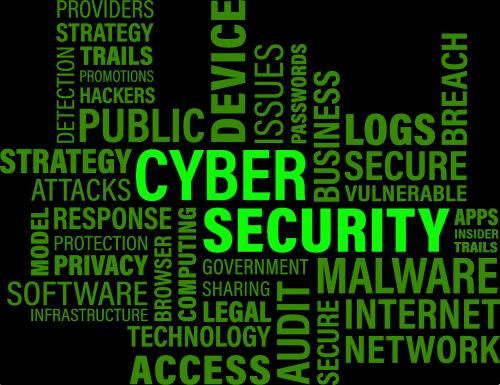2018 was full of cybersecurity catastrophes, from enormous data breaches to the exposure of security imperfections in huge amounts of microchips and cyber-attacks using malware that locks down computers until a ransom is paid, generally by using an untraceable digital currency.
We are going to see more ransomware attacks and mega-breaches in 2019. Trying to cope with all these and various other established challenges, like important national infrastructure for example transport systems and electrical grids systems and potential risks to web-connected devices, will certainly be the main concern for security groups.
Also, cyber-defenders should focus on new risks, listed below are some that ought to be on your watch list:
Taking advantage of AI-generated counterfeit audio and video
Due to developments in artificial intelligence, it is now easy to create phony audio and video communications that are extremely hard to differentiate from the genuine thing.
Most of these “deepfakes” are known as a boon to a cyber-terrorist in several ways. Artificial Intelligence-generated “phishing” email messages that attempt to trick people into giving over security passwords and various other delicate information have already been proved to be more efficient than ones made by humans.
Now cybercriminals can put highly practical fake audio and video into the particular combination, either to bolster details in a phishing e-mail or as a standalone strategy.
Cybercriminals can also use the technologies to change share prices by, say, publishing a fake news video of a chief executive officer saying that a company is struggling with a funding issue or some other problems.
These kinds of ploys would have required the sources of any big video studio room, but today they can easily be made by anyone with any computer and any ultra-powerful graphics card. Online companies are producing technologies to identify deepfakes, but it is ambiguous how successful their initiatives are going to be.
At the same time, the only genuine line of protection is security awareness education to sensitize companies to the threat.
Harming Artificial intelligence protection
Security businesses have hurried to take hold of Artificial intelligence models with the intention to help identify and anticipate cyber-attacks. Having said that, advanced cyberpunks could possibly make an effort to damage these defenses. “Artificial Intelligence can certainly help us parse signals from noise,” says Nate Fick, Chief executive officer of the security agency Endgame, but “in the hands of the bad people,” it is also Artificial intelligence which is going to create the most complex cyber-attacks.
GANs or Generative adversarial networks, which promote a couple of sensory networks against each other, can easily be applied to try to know what formulas defenders are utilizing in their Artificial intelligence models. Another threat is that cyberpunks will certainly target data models used to control models and damage them – for example, by changing tags on a malicious program code to show that they’re risk-free rather than suspicious.
Hacking Smart contracts
Smart contracts are usually applications stored in a blockchain that instantly implement some kind of digital property trade if conditions secured in them are attained. Business people are promoting their use for every little thing from intellectual-property security to money transactions. However, it is still at the outset of the development, and experts are detecting bugs in a few of them. So are online hackers, who’ve taken advantage of imperfections to rob millions of dollars’ worth of digital currencies.
The primary problem is that blockchains were made to be transparent. Keeping data files secured with smart contracts private is actually a difficult task. “We have to build privacy-preserving systems into “smart contract” networks,”says Dawn Song, an educator at the University of California, Berkeley, and the Chief executive officer of Oasis Laboratories, a new venture that is focusing on solutions to make this happen by using particular hardware.
Breaking shield of encryption using quantum computer systems
Security specialists estimate that quantum computer systems, which use spectacular phenomena from quantum science to produce rapid leaps in digesting power, could crack encrypted shield that currently helps secure every little thing from health records to e-commerce transactions.
Recent research from a group of quantum specialists encourages companies to start using forthcoming and new forms of encryption algorithms that can certainly endure a quantum infiltration.

